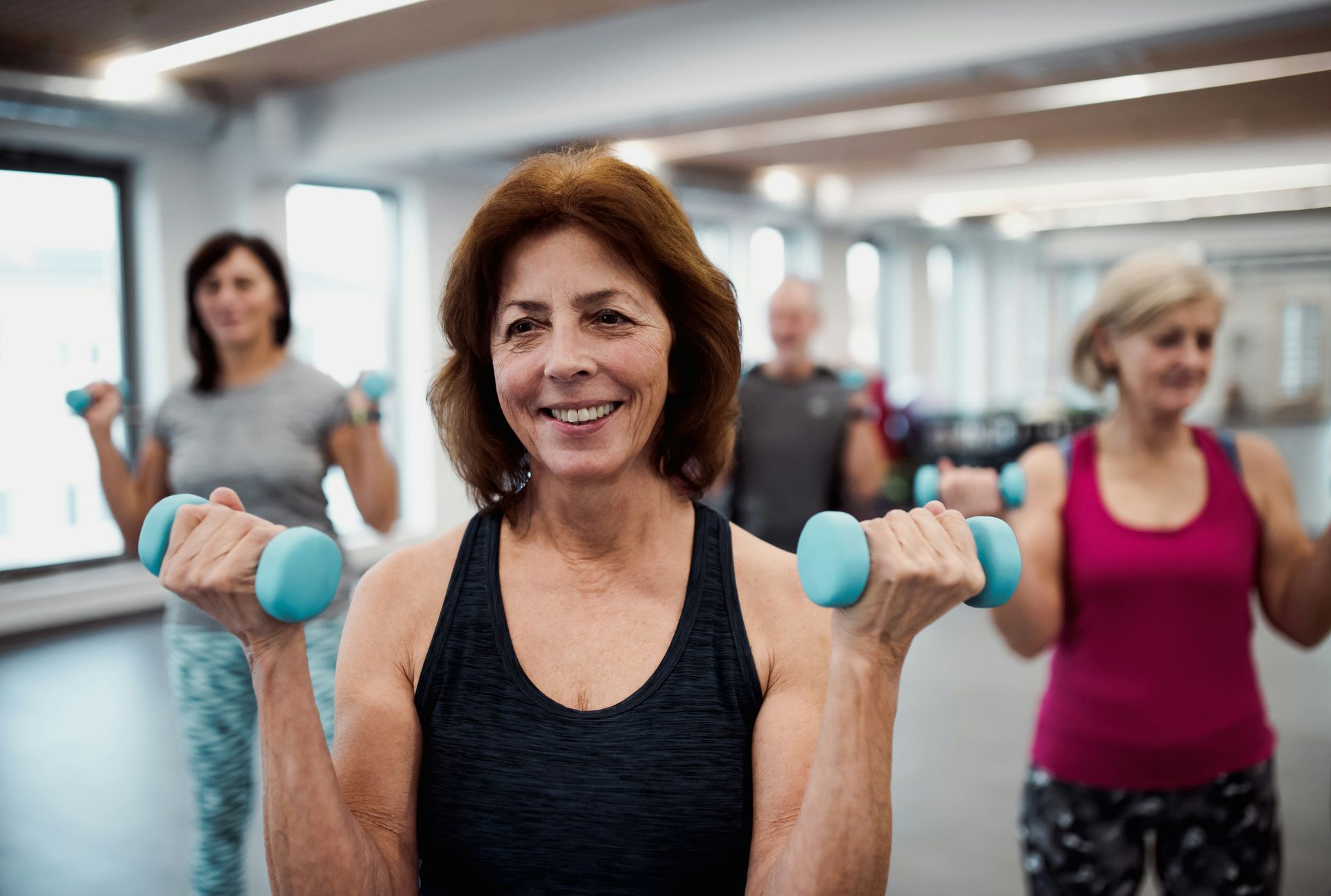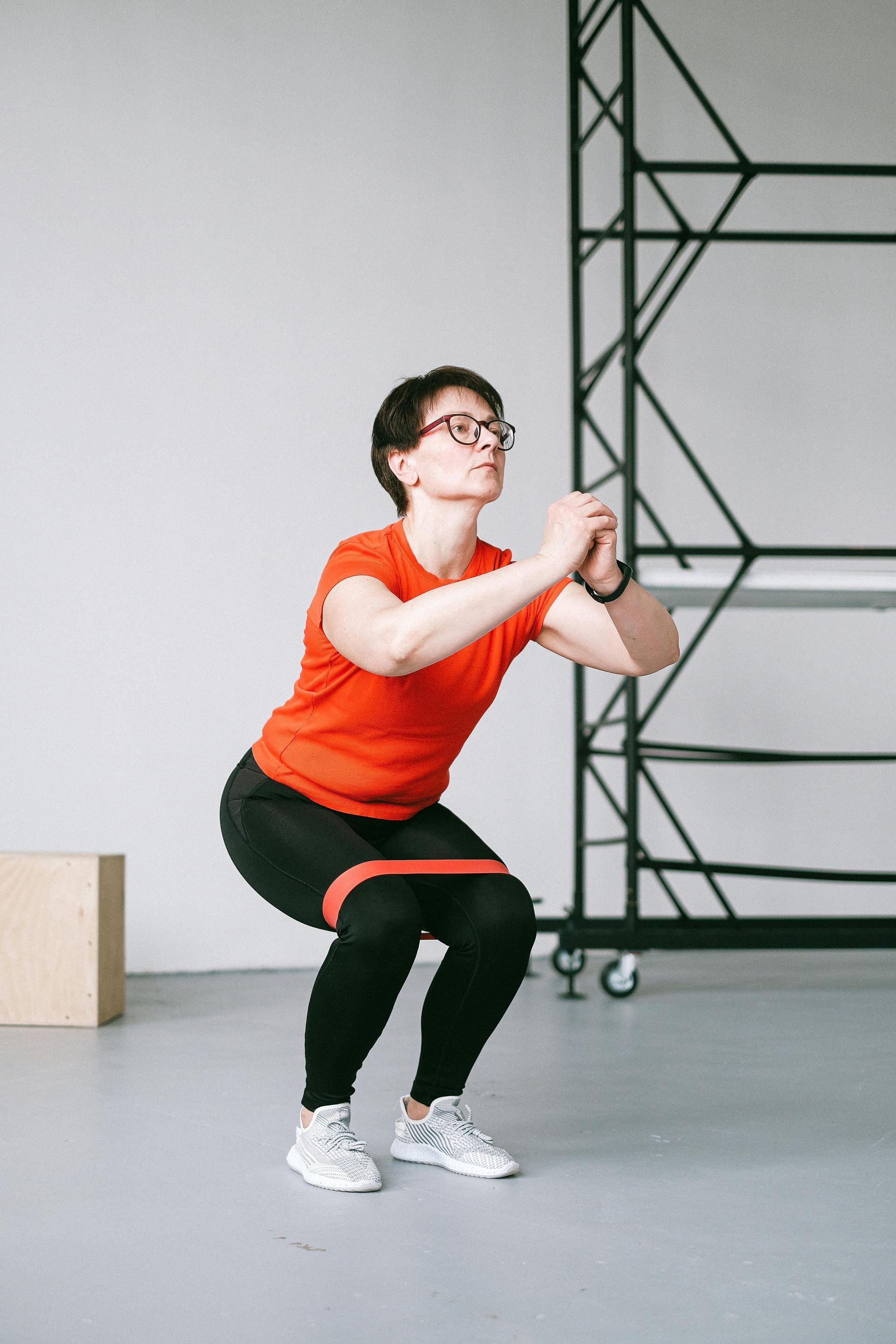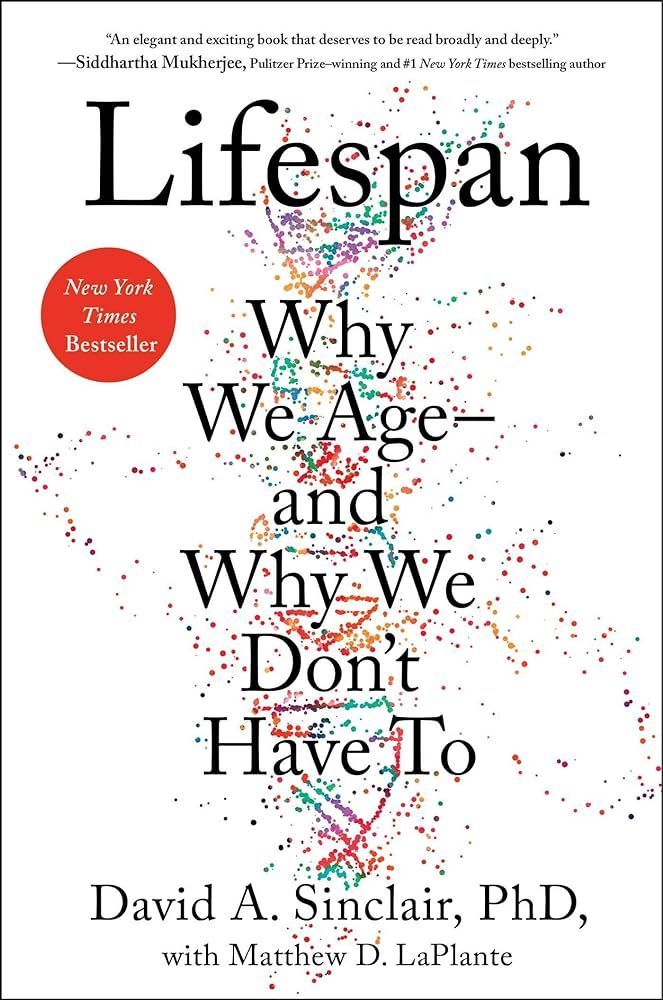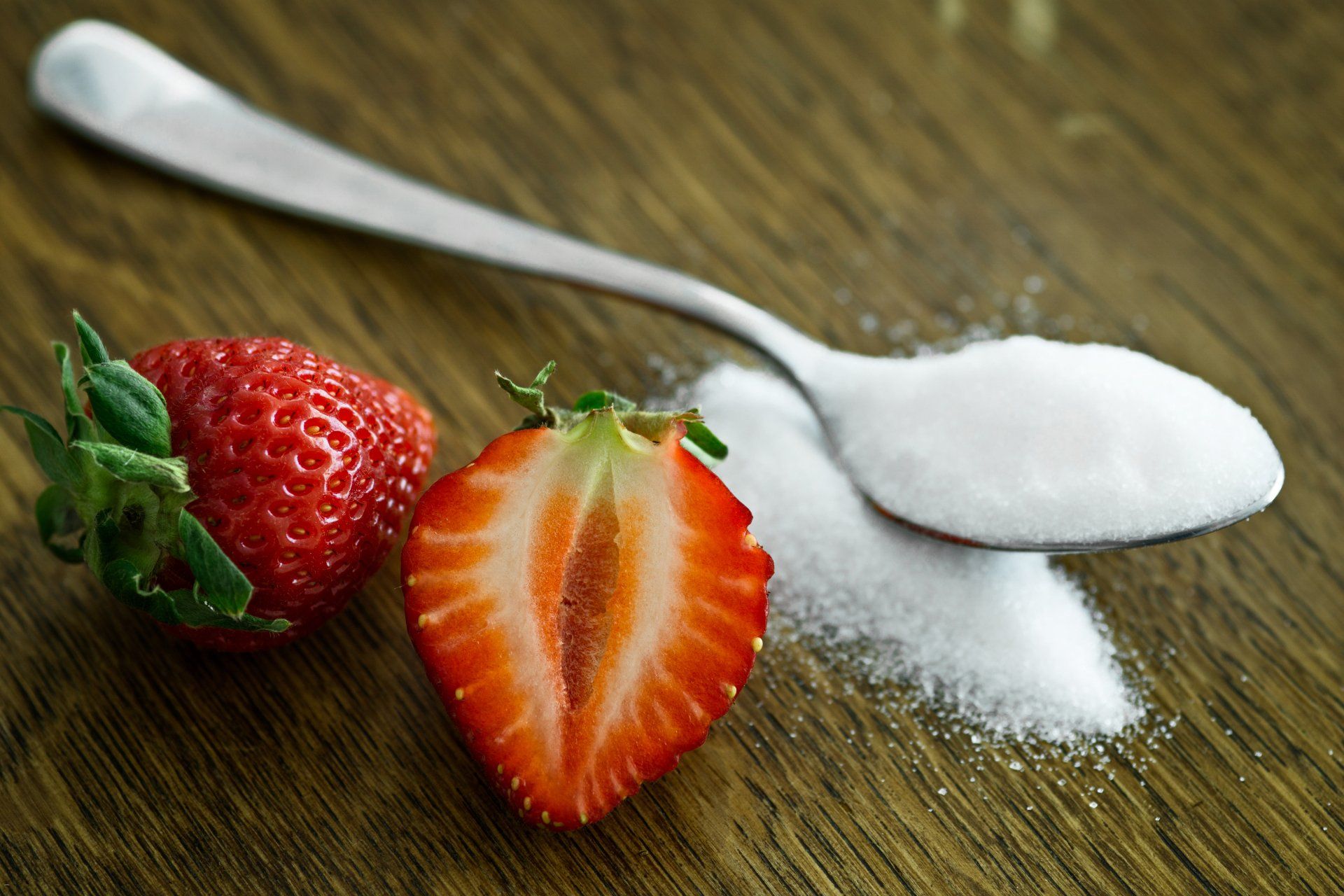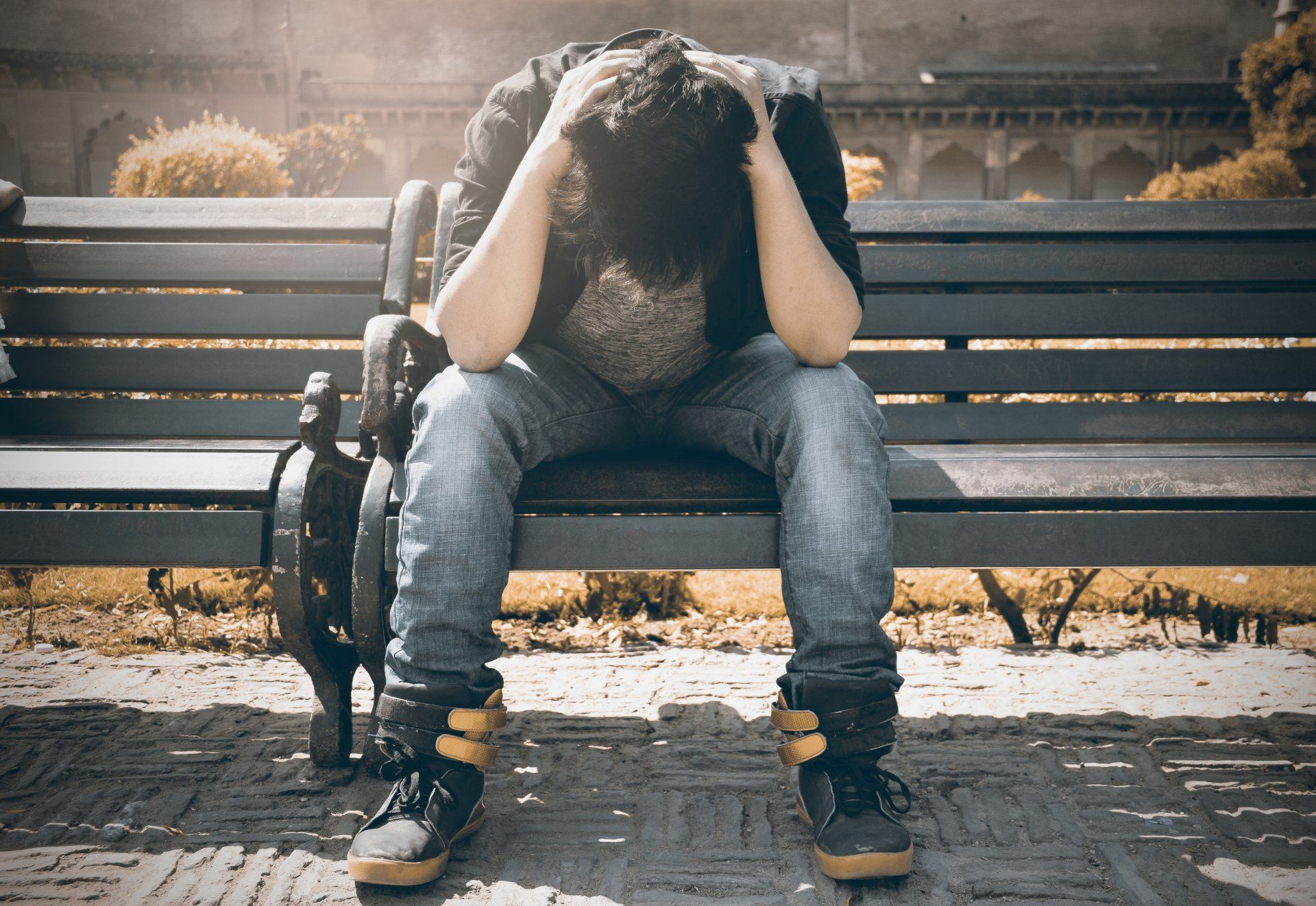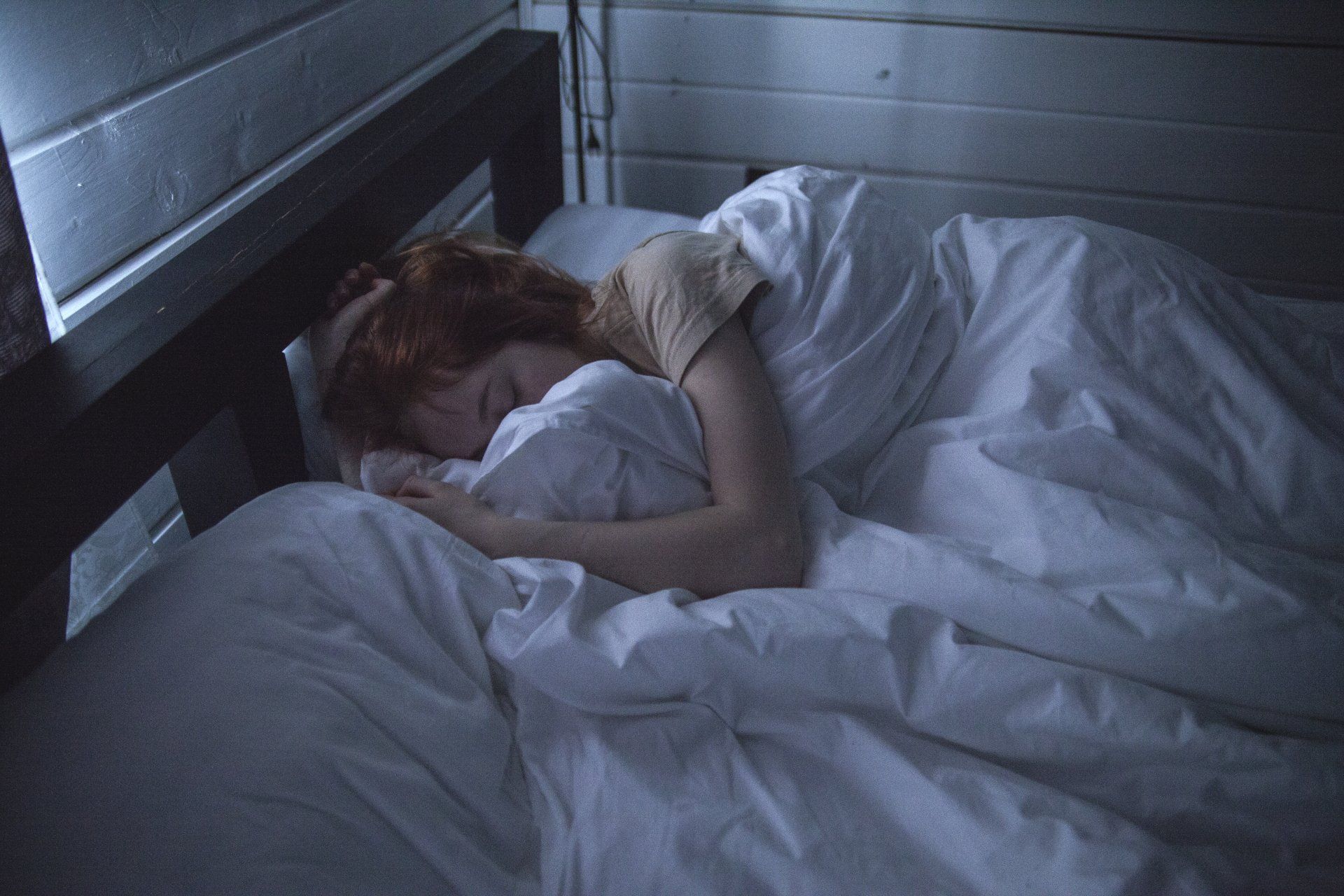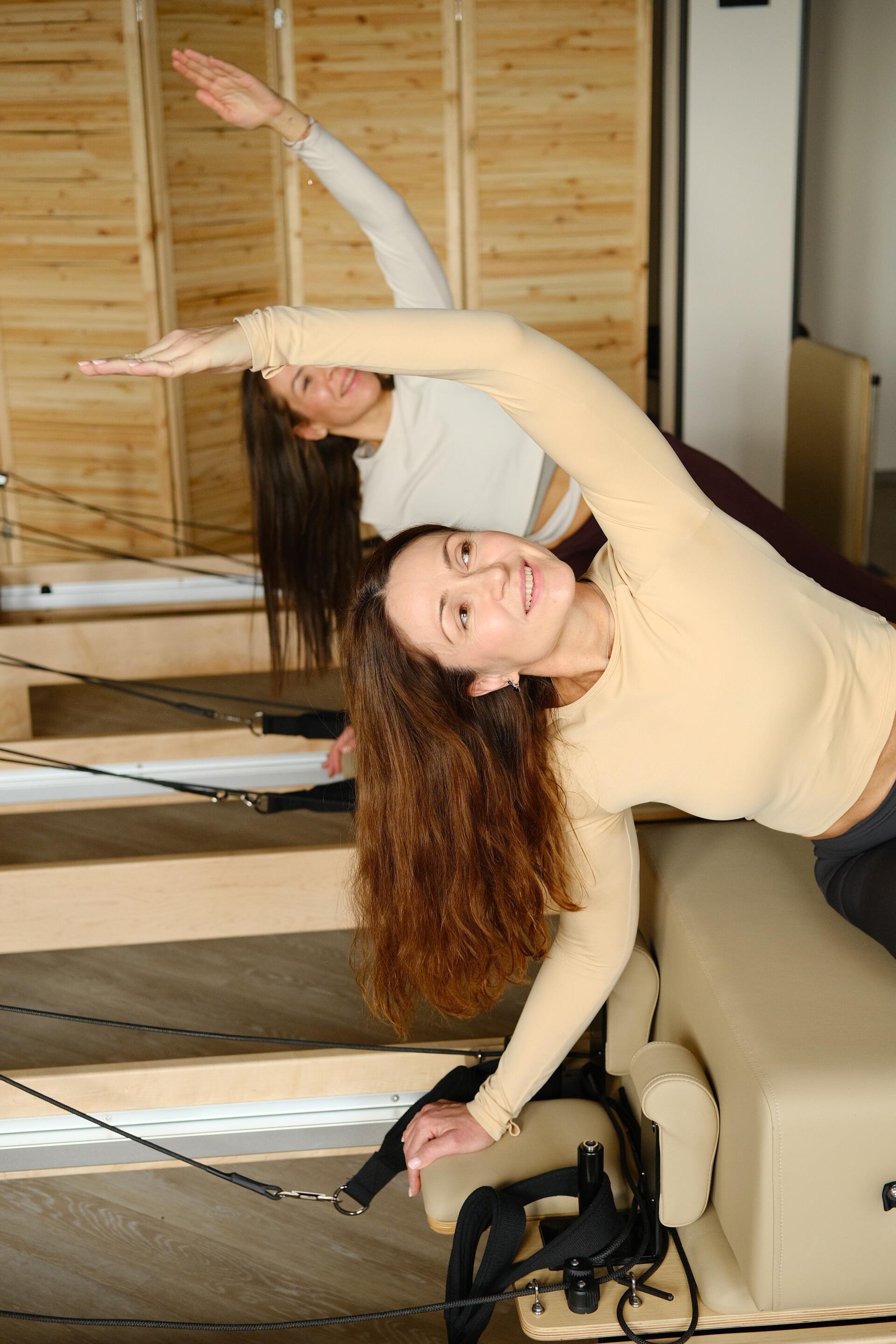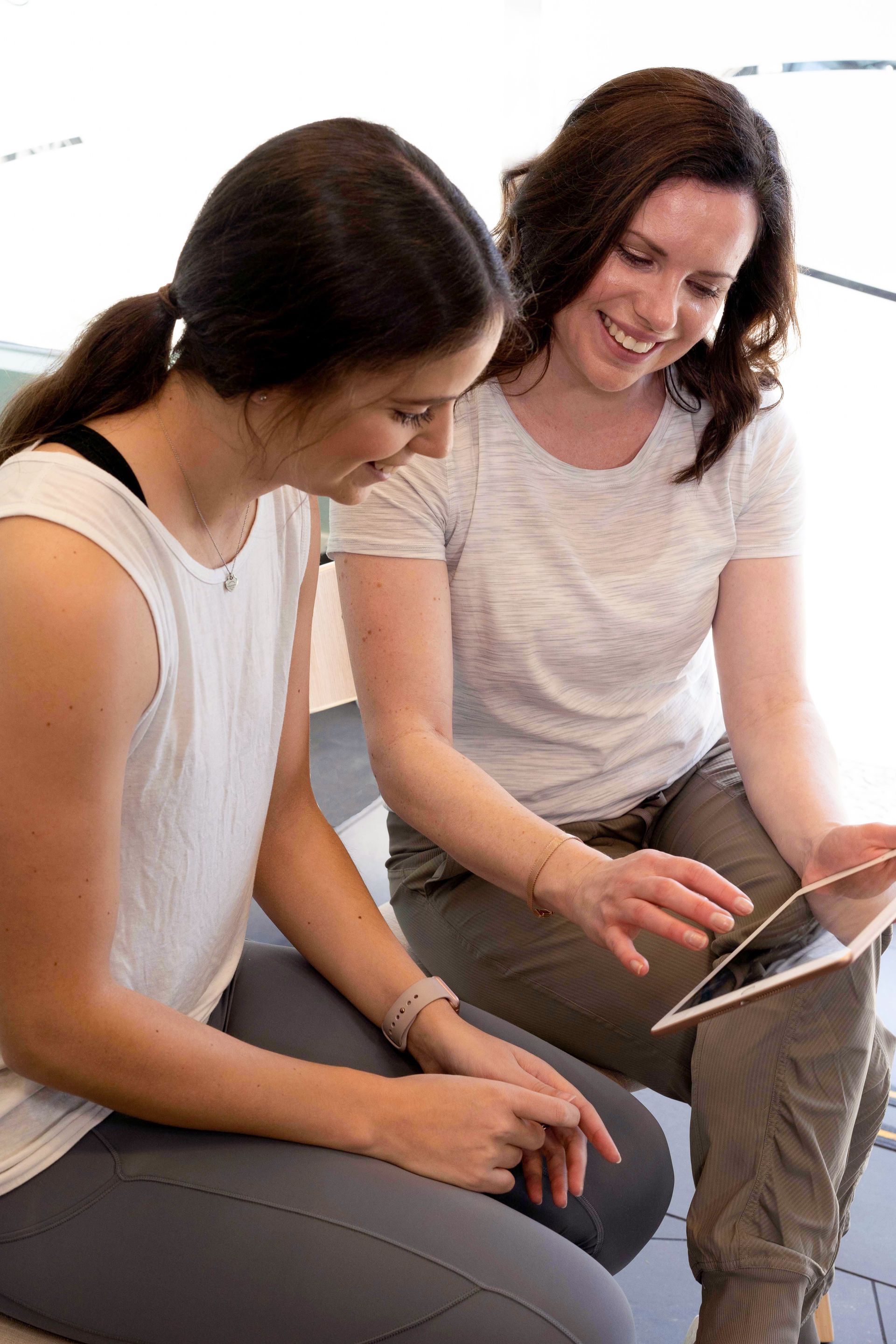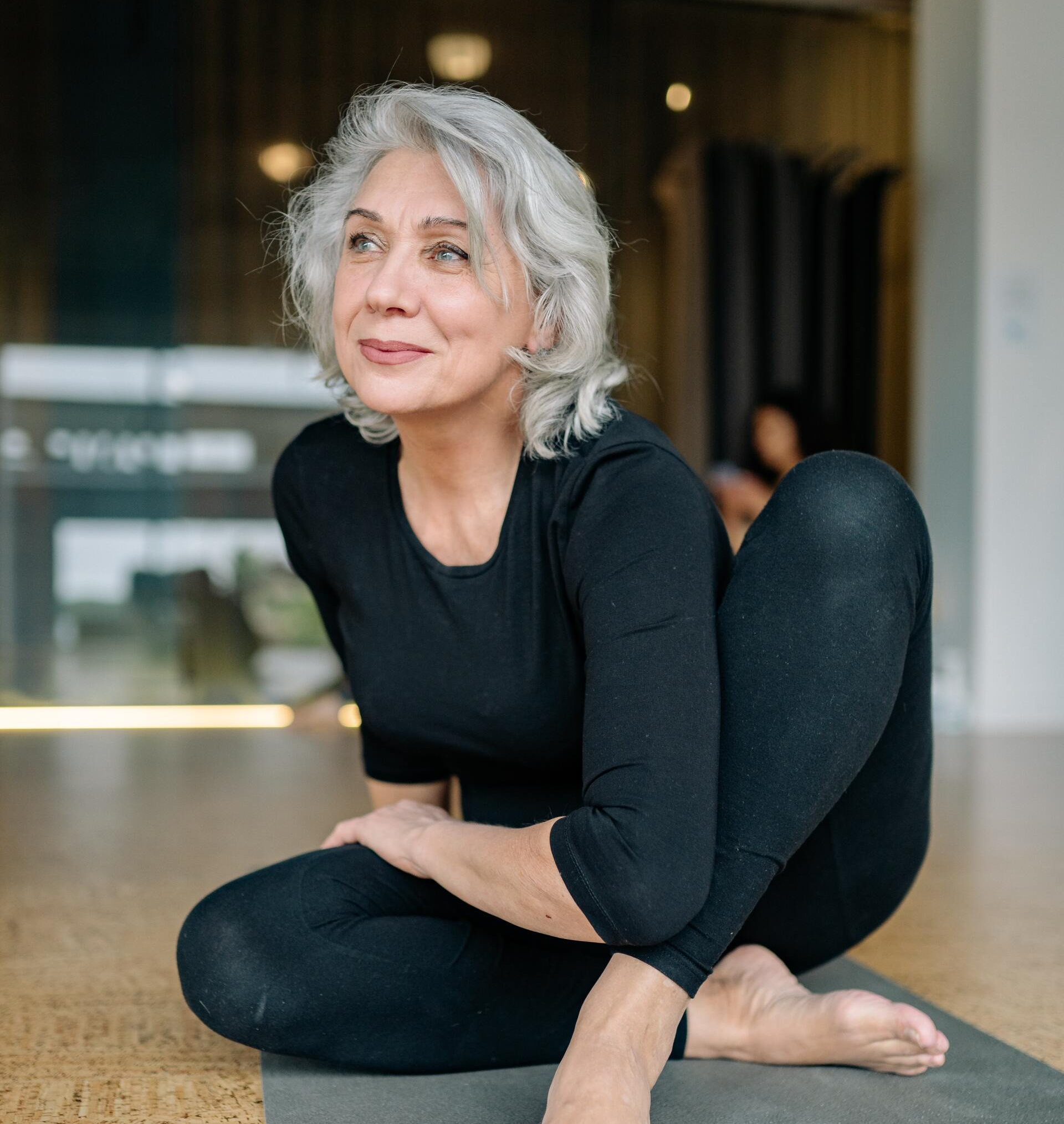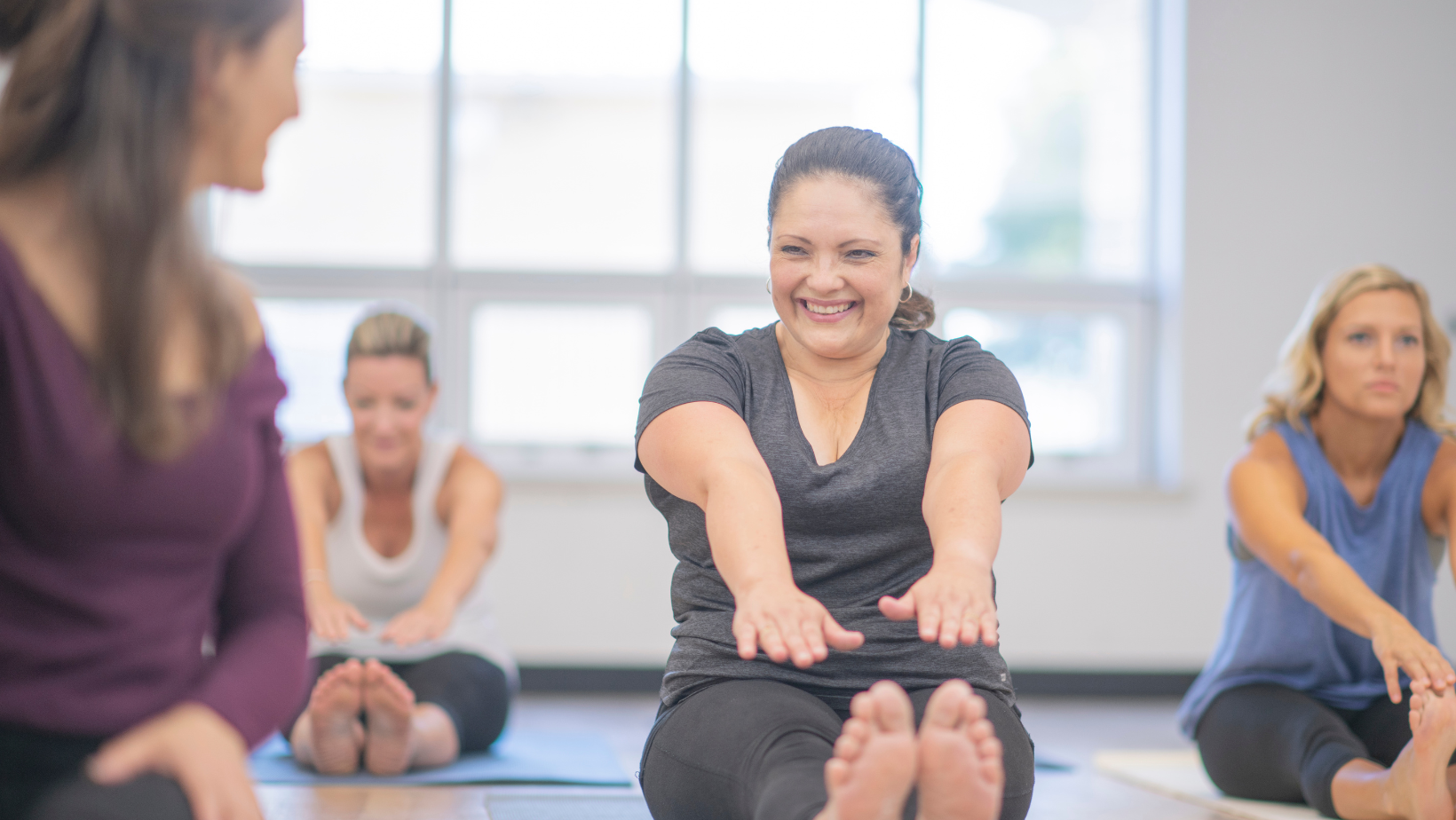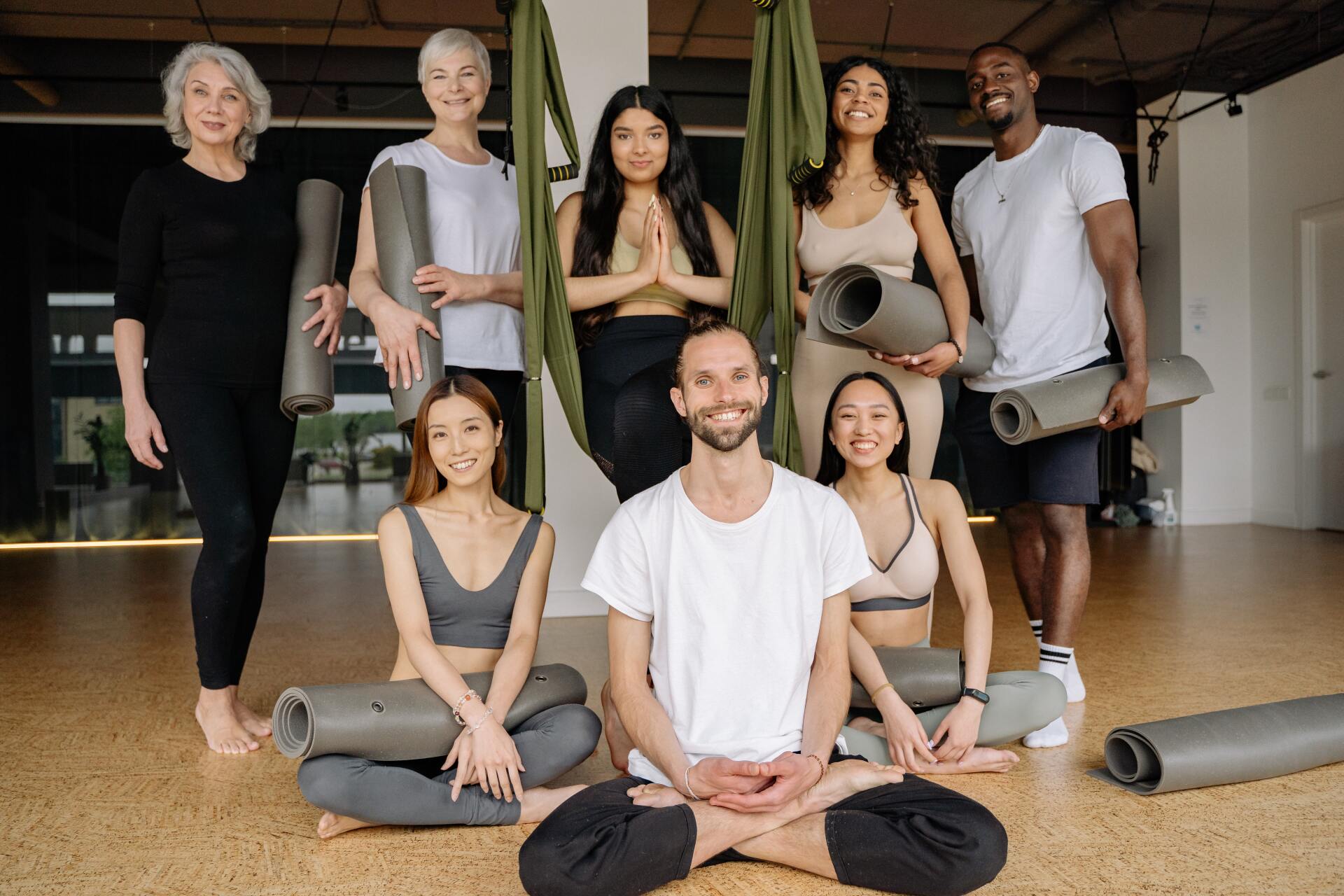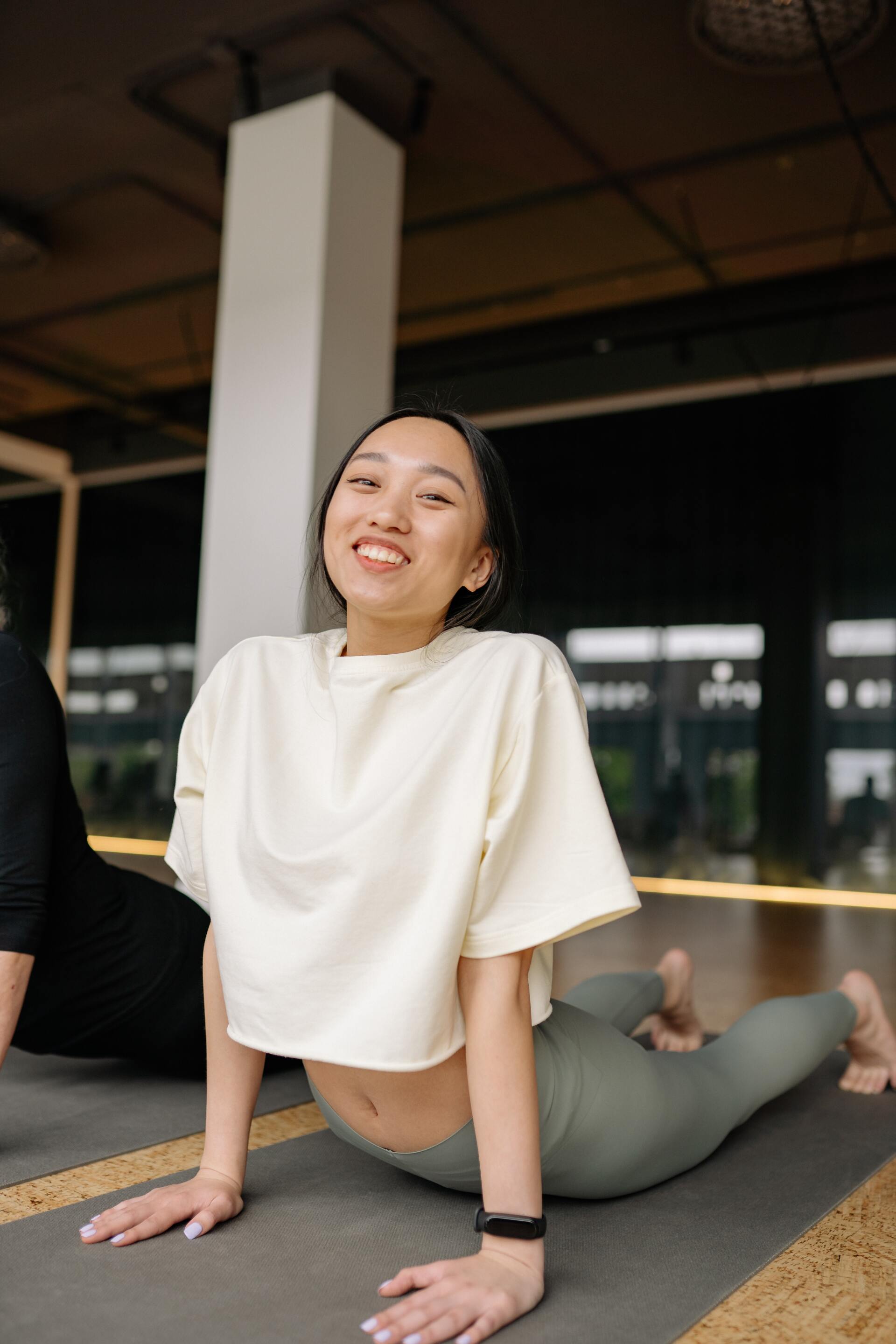Wellness In Motion: Yoga Update
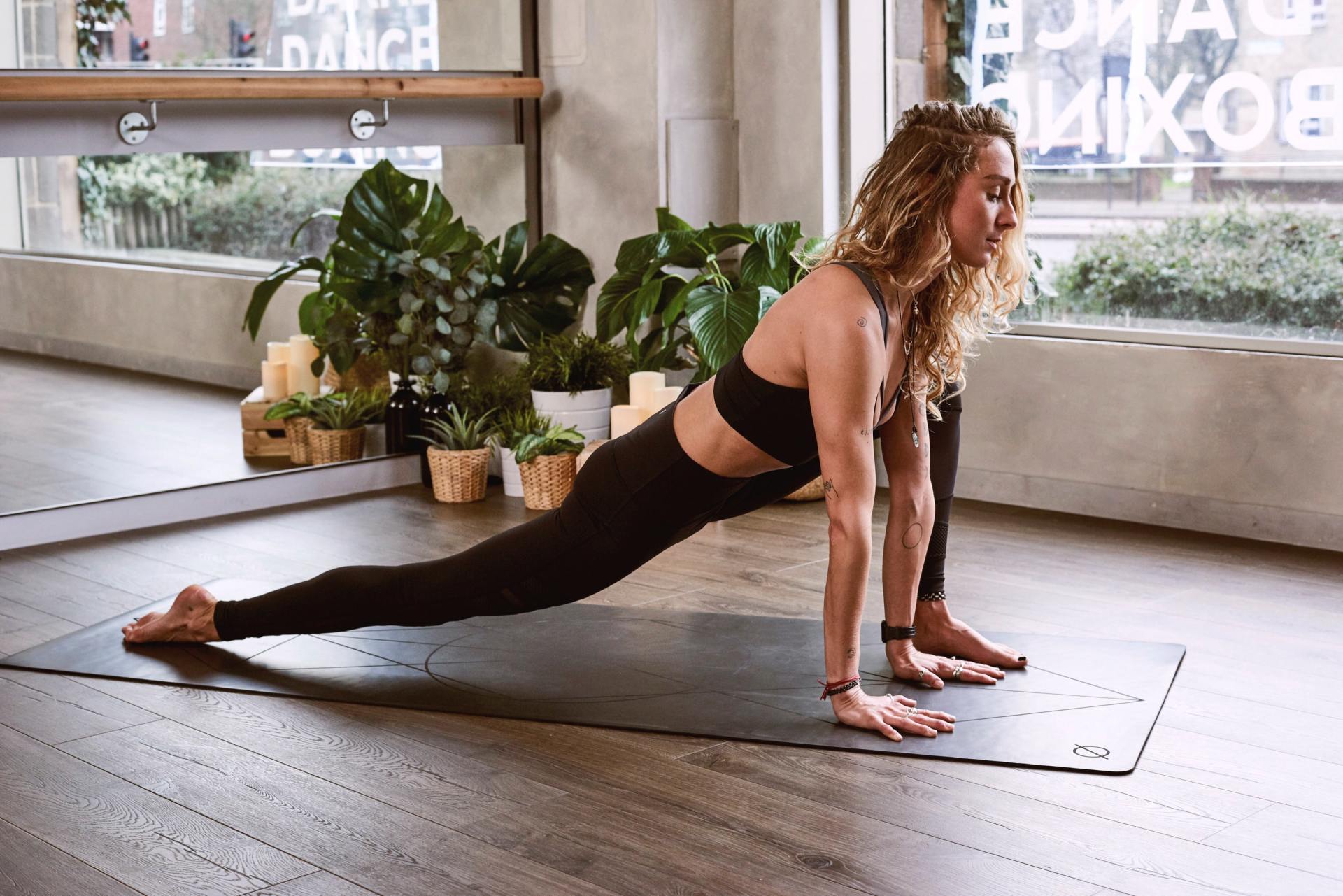
Autumn is known to be a little ungrounding and finds us craving earthy stability and routine. Overwhelm and worry are reportedly higher in Autumn, which Yoga and Ayurveda view as connected to the lighter, airy qualities of Autumn. Chinese Medicine associates Autumn with the element of metal - representing a period of letting go that which no longer supports us. The organs of Autumn are the lungs and the kidneys, organs associated with the emotions of sadness, grief, and fear and lean towards the tonic of letting go.
To better support you, we adjust our yoga program each season to keep you balanced.
Autumn Yoga:
Monday Nights 6.30 pm: Rocket Yoga ( all levels)
Rocket Yoga is a modified method of Ashtanga Yoga. Ashtanga Yoga is a form of Vinyasa Yoga, drawn from traditional Hatha yoga.
Rocket yoga is sequential in its building blocks of ability and is the most physical class we offer and suits people who enjoy physical challenge. This class is suited to all levels of ability and will improve strength, balance, flexibility, stamina ,focus and resilience.
The routine and sequential approach to this form of yoga, as well as the emphasis on fitness and strength building, is warming, and grounding and will keep the monkey mind at bay during practice.
Thursday Nights 6.30 pm: Yin and Breathwork ( seasonal offer)
Yin Yoga is drawn from the Taoist traditions and is deeply grounding style of yoga - perfect for Autumn. Yin Yoga departs from traditional yoga in that it focuses on the meridians of the body and seeks to access joints and fascia to improve flexibility, and mobility, ease tension, and let go of negative emotions
This practice will complement more rigorous activities, pilates, and traditional yoga. This class will also offer a nervous system reset and support a restful night's sleep.
No previous yoga experience is required. Suitable for all levels.
Saturdays: Hatha Yoga For Everyone: Yoga for Wellbeing.
10 am
This class offers traditional Hatha Yoga, including vinyasa, and is aimed at all levels of ability. Postures are modified to suit injury, contraindications, and level.
This class format varies and can change from season to season.
Breath-work and mindfulness components are also part of the class format.
Aims of this class is to support holistic health and wellbeing.
Sunday: Community Yoga:
3 pm. Free class. Family welcome
This is a gentle all-level yoga class to ease tension, reduce stress, and move your body.
The Autumn program includes breathwork to lower the stress response, mindfulness to lower anxiety, and grounding seated postures to cultivate a sense of stability.
We have a new Yoga Offer to help make classes more accessible.

